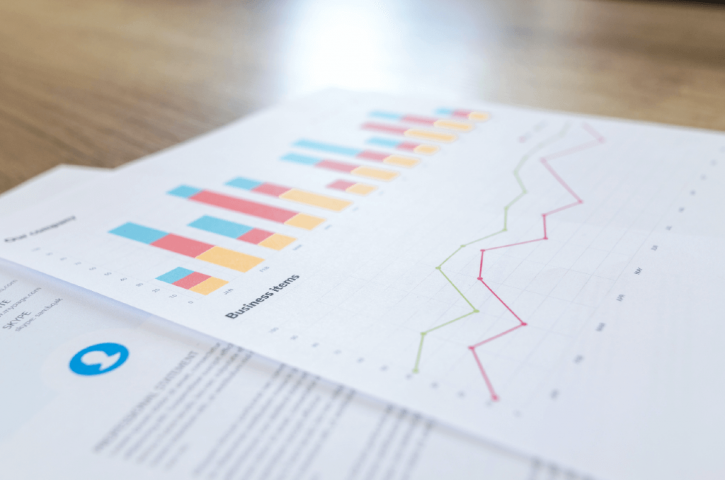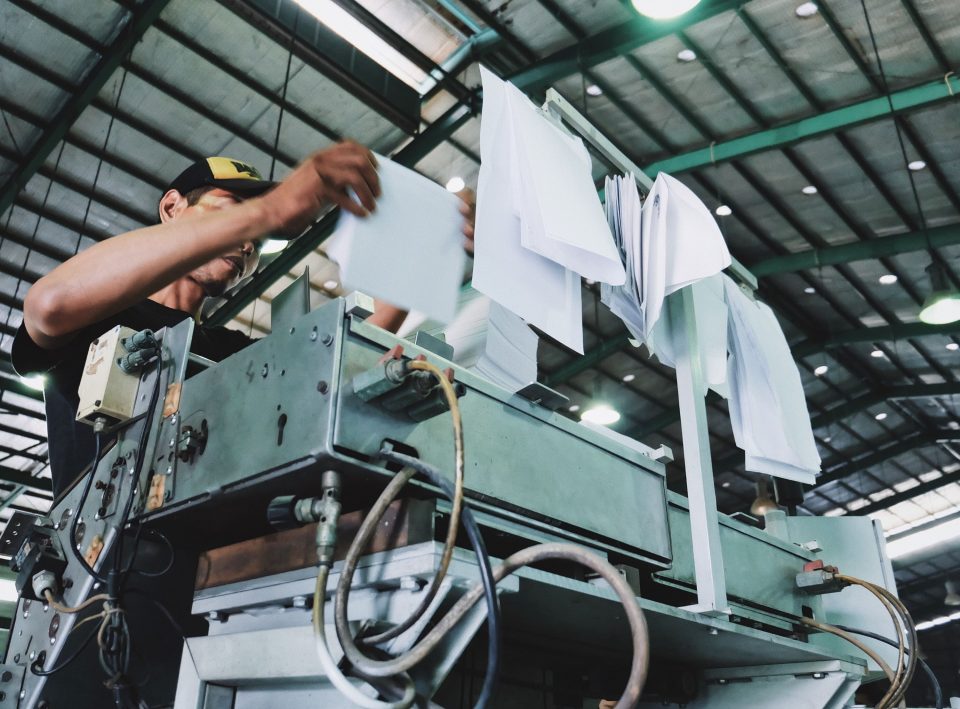The sustainable way to buy paper

Interview with comic book illustrator António Jorge Gonçalves
February 28, 2022
Why design thinking matters
March 11, 2022
Sustainability is increasingly important for consumers – and, therefore, for businesses. Creating a more sustainable office is a key part of the response. Business Optimizer looks at what to consider when buying office paper when sustainability is a focus.
During the first year of the pandemic, sustainability shot up the agenda in terms of importance to consumers. The pause that lockdown provided for us to consider what is important, to connect with nature and enjoy there being fewer cars on the road and planes in the sky, triggered a renewed awareness of our role as custodians of the natural world.
Now, in the second year of the pandemic, as consumers ache to return to “normality”, sustainability remains at the core of society’s concerns. Deloitte has found that one in three consumers have stopped buying certain brands or products because they had ethical or sustainability concerns about them.
For younger generations, sustainability remains the number one personal concern – even ahead of unemployment and disease prevention. Twenty-eight percent cited the environment and climate change as their top concern. The E-marketeer survey authors report that “Gen Z seem eager to hold brands accountable – which is leading businesses to take sustainability more seriously.”
Towards a sustainable office: making the right paper choices
How do these consumer sentiments translate into the way you manage your office? In the digital age, printing often gets a bad reputation. However, this reputation isn’t really deserved.
Paper is made with wood pulp – a natural resource that can be easily recycled and is biodegradable. As for Navigator’s high-quality paper, it comes from the giant Eucalyptus globulus trees grown in Portugal. This process of paper production is amongst some of the world’s greenest industrial processes – the paper industry typically uses a high percentage of renewable energy sources.
What’s more, the forests which are managed by and for the paper industry have an important global role to play in combatting climate change. When managed properly, they act as carbon sinks, pulling carbon dioxide from the atmosphere and storing it safely.
For this reason, a sustainable office isn’t about using less paper. Rather, it is about using the right paper. One of the most important factors to consider when choosing paper for the office is to look for the logo of the Forest Stewardship Council (FSC). This will ensure that the forests used to produce your choice of paper have been sustainably managed according to best practice principles.
Alternatively – or in addition – consumers can look for the content of recycled paper used in the manufacturing of their chosen paper. Because paper is so easily recycled, it has one of the most closed-loop supply chains of any product. The material naturally has a long recycle life too – paper fibres can be reused up to seven times. This makes choosing a paper with a high recycled content another great option if sustainability is a key consideration in your office purchasing decisions.
Paper quality: It isn’t just about how the paper is made
It isn’t just about the production of paper, though. There are additional choices that can impact on the overall sustainability performance of your office printing requirements. Printing requires consumables which don’t always have the green credentials of the paper on which you are printing.
Inks can be made with unpleasant chemicals and toner cartridges are usually made from plastic. Black plastic isn’t easily recyclable, so these products can be detrimental to your sustainability objectives.
There is good news, however. Did you know that your choice of paper can help to reduce the waste created by your office printing processes? For example:
- choosing a paper with a smooth finish helps to reduce ink absorption and, therefore, the amount of ink used – so you can achieve high-quality print results with less waste.
- choosing a paper with a high opacity, like Navigator’s Eco-logical 75 g.m-2, will enable you to print double-sided, so you can reduce the amount of paper used.
- choosing a paper with a smooth finish also helps to reduce paper jams – reducing waste in terms of both paper and ink.
For more tips on choosing the best paper for your printing purposes, download our ebook here.
Beyond paper: other printing tips for the sustainable office
In addition to choosing the right paper, there are other choices you can make to improve the sustainability performance of your office printing. For example, if you need to use a Litho ink you should choose one which is based on natural resources such as vegetable oil (rather than the minerals and petrochemicals that are traditionally used).
For other ink cartridges, sign up to schemes which enable and promote their reuse or recycling. This way, you keep those plastic components out of landfill and out of our oceans.
You should also look to minimise power usage from printing. If you set up rule-based printing so that print jobs are automatically routed to the most suitable printer, you can optimise energy consumption without causing quality issues. When purchasing new machines for the office, choose printers that have minimal energy consumption. Printers with automatic sleep modes and quick start-up options can be a good choice here.
Of course, the best option is to ensure that the energy resources being used are as renewable as your office paper. If you don’t have space to add solar panels or wind turbines to your estate or building, opt to purchase your energy from a supplier that uses and invests in renewable energy sources.
Sustainability is increasingly important
We know that sustainability is increasingly important to employees and customers alike. That makes the drive towards a more sustainable office more important for us all. The onus is on everyone to act: if we all make small changes, together they can have a big impact.
Are you interested in sustainability?
- Read more about the green credentials of the paper industry.
- Consider these simple swaps for a more sustainable stationary cupboard.
- Learn about the sustainable management of our forests in this video about the paper makers.
- Or read our other tips for a greener and more sustainable 2022.




